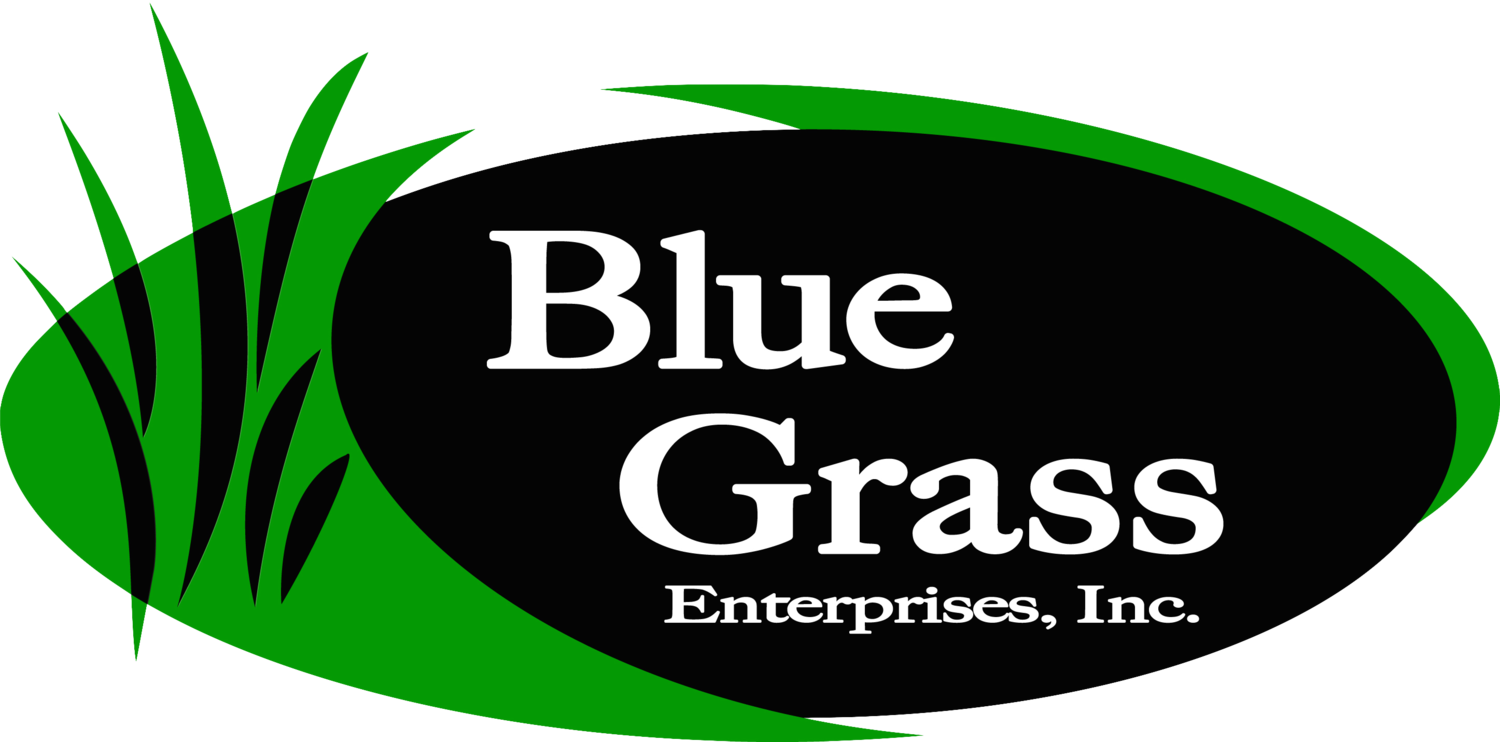With today’s environmental concerns, many more people choose to install natural grass on their lawns and sports fields for its immediate benefits. The U.S. Congress has acknowledged these positive benefits to our environment. “Turfgrass sod in urban areas and communities can aid in the reduction of carbon dioxide emissions, mitigating the "heat island" effect, reducing energy consumption and contributing to efforts to reduce global warming trends.”
A Natural Filter - One of the biggest concerns regarding urban water quality is run-off contaminants from hard surfaces, such as roads and parking lots. Run-off can be reduced by establishing new lawns and turfgrass areas. The biology of turfgrass makes grass an effective tool for the biodegradation of all sorts of environmental contamination. Turfgrass purifies the water as it moves through the root zone and down into our underground aquifers. Soil microbes help break down chemicals and naturally occurring contaminants. The root filtration system is so effective that rainwater filtered through a healthy lawn can be as much as 10 times less acidic than water running off a hard surface. These filtration properties are also the reason grasses are used to help recycle reclaimed water. Reclaimed water cannot be returned to most municipal water supplies or released into streams, lakes, or oceans; but it can be irrigated onto turfgrass where it's cleaned as it passes down through the root zone. Twelve percent of U.S. golf courses are already using reclaimed water for their turf grass irrigation.
Soil Erosion - Soil erosion is one of the most pressing environmental problems facing the U.S. today. Nearly 6 billion tons of soil wash or blow away each year. On average, soil erosion costs between $6 and $16 billion a year in the U.S. Exposed soil on new construction sites is especially vulnerable. Sodding a construction site is the fastest way to hold valuable topsoil in place. In short, in urban areas, turfgrass is the most cost-effective method for controlling wind and water erosion. Turf roots work to bind the soil more effectively than any other plant because each grass plant has an extensive root system. (Up to 90% of the weight of a grass plant is in its roots.) Healthy turf areas absorb rainfall six times more effectively than a wheat field and four times better than a hay field. A thick healthy lawn reduces runoff to nearly zero. A sodded lawn will absorb greater amounts of rain than a seeded lawn; even after three years of growth.
Oxygen Production - There are several movements in urban areas of the U.S. to increase plant life in heavily populated areas. These movements are seeking to increase food production, minimize water run-off, and improve air quality. Air is cleansed by plants through the process of photosynthesis. Green plants absorb carbon dioxide and water and use the energy from sunlight in photosynthesis which produces carbohydrates for the plant to live off of. The byproduct of photosynthesis is oxygen. Oxygen production is the name of the game for your lawn. In numbers, a 5,000-square-foot lawn produces enough oxygen to meet the daily oxygen needs of 18 people.
Nature’s Air Conditioner - On an average Iowa summer day (roughly 85º F), a natural grass lawn will be up to 40º cooler than asphalt, up to 55º cooler than an artificial sports turf field, and 20º cooler than bare soil. The lawn of a home has the cooling effect of about nine tons of air conditioning (the average home uses 2.5 tons per 1500 square feet). The cooling effect of irrigated turf reduces the amount of fossil fuels that must be burned to provide electricity which powers air conditioners.
This photo is a beautiful example how leaf material, including grass clippings, breaks down over time to become new organic material in topsoils.
Reduce Your Carbon Footprint - A study conducted by Dr. Ranajit (Ron) Sahu, an independent environmental and energy expert and university instructor, shows that responsibly managed lawns sequester, or store, significant amounts of carbon, capturing four times more carbon from the air than is produced by the engine of today’s lawnmowers. The findings are based on several peer-reviewed, scientific studies and models where carbon sequestration had been measured in managed and unmanaged turfgrass. The study, titled "Technical Assessment of the Carbon Sequestration Potential of Managed Turfgrass in the United States", goes on to report that to maximize carbon intake benefits, lawns and other turfgrass areas must be actively managed by doing the following:
Choosing quality turfgrass species right for your area
Mowing your lawn high to develop deep roots
Keeping your mower in good shape
Leave your clippings on your lawn
Watering responsibly
If one compares a well-managed lawn to a poorly-managed lawn or unmanaged grasslands, the net carbon intake of a well-managed lawn is five to seven times higher than the carbon output of mowing. Dr. Sahu says the key is to actively manage your lawn to improve its carbon intake, and not let it ‘go to seed’ and into a dormant state. Click here for a summary paper written by Dr. Sahu: Lawn Benefits - Ron Sahu.pdf
For more information on current research being done on the impact of grasses on urban environments, check out The Lawn Institute’s website or Turfgrass Producers International







